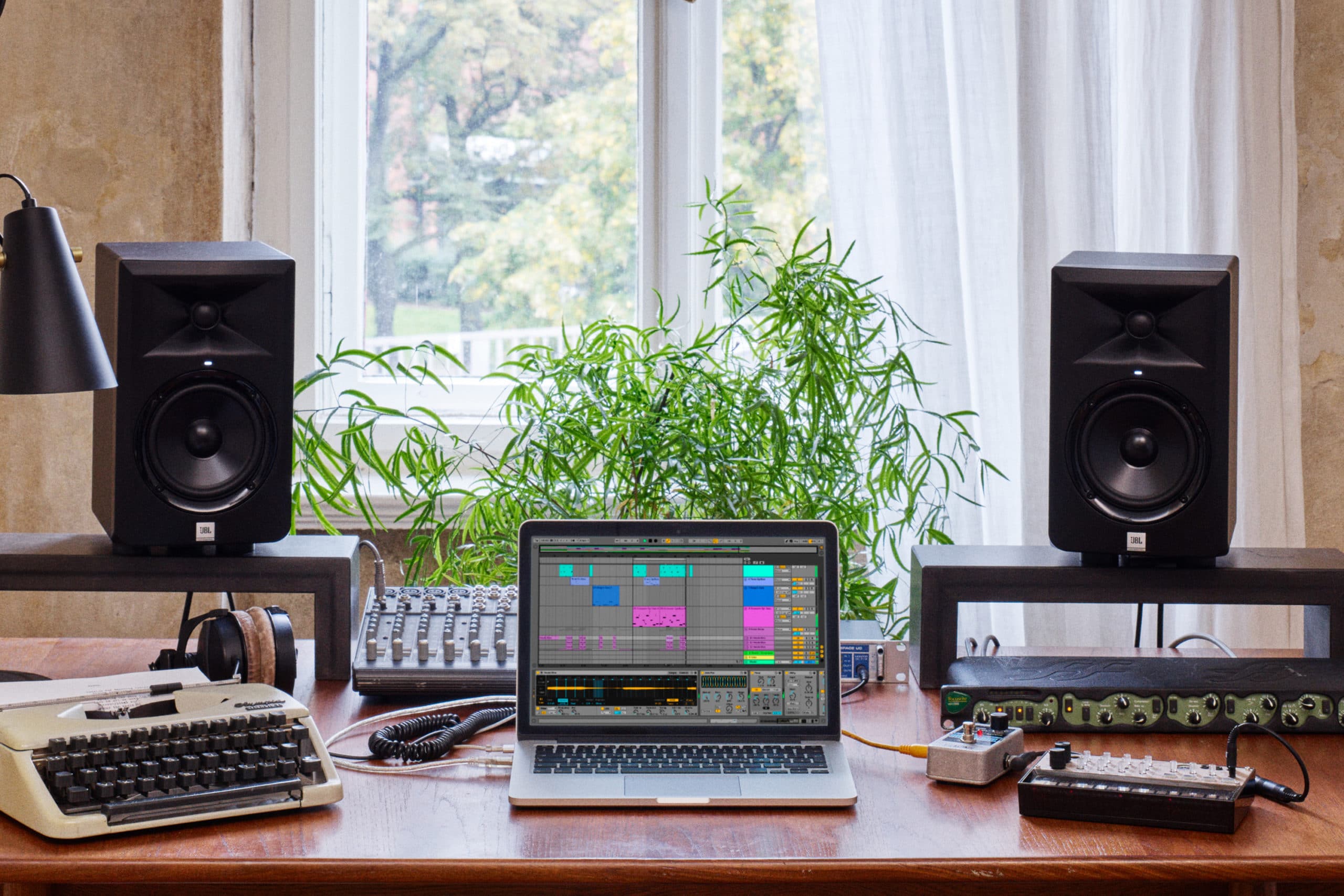
What Are MIDI Interfaces?
All about MIDI
The MIDI (Musical Instrument Digital Interface) standard has had a profound impact on the music industry since its introduction in the early 1980s. MIDI allows electronic musical instruments, computers, and other digital equipment to communicate with each other, allowing for the creation and manipulation of digital music in a way that was previously not possible.
Before MIDI, electronic musical instruments were typically standalone devices, with no way to integrate or communicate with other instruments or computers. MIDI changed all that, by allowing electronic musical instruments to send and receive performance data to and from each other. This made it possible to record and edit digital musical performances with ease, and opened up new possibilities for musical expression and collaboration.
MIDI also allowed for the development of music software, such as digital audio workstations (DAWs) and synthesizers, which have revolutionized the way music is created, recorded, and produced. With these tools, composers, producers, and musicians can create, edit, and manipulate music in new and innovative ways, resulting in a vast array of musical styles and genres.
The widespread adoption of MIDI technology has also led to the development of MIDI-compatible hardware, including controllers, drum machines, and other musical instruments, which has further expanded the creative possibilities for musicians and producers.
MIDI Interfaces
A MIDI interface is a device that allows musical instruments, computers, and other digital equipment to communicate with each other using the MIDI (Musical Instrument Digital Interface) protocol. The MIDI interface acts as a translator between MIDI-enabled devices, converting MIDI data into signals that can be understood by the connected devices.
MIDI interfaces come in various forms, including standalone boxes, integrated components within synthesizers and other musical instruments, and USB-connected devices. They typically have a number of MIDI input and output ports, allowing multiple devices to be connected and communicated with simultaneously.
The use of a MIDI interface is essential for many musicians and producers, as it enables them to connect their musical instruments and equipment to a computer or other digital device for recording, editing, and production purposes. MIDI interfaces also allow for the creation of complex musical performances by allowing different MIDI-enabled devices to communicate and control each other.
In summary, the MIDI interface is a crucial component in the creation and production of digital music, allowing musicians, producers, and composers to connect and control a wide range of MIDI-enabled devices and software, enabling them to create complex and dynamic musical performances.
In conclusion, the introduction of the MIDI standard has had a profound impact on the music industry, revolutionizing the way music is created, recorded, and produced. MIDI has opened up new possibilities for musical expression and collaboration, and has paved the way for the development of a vast array of new musical styles and genres.
Budget MIDI Interfaces
There are a number of budget-friendly MIDI interfaces available on the market that are suitable for a variety of different uses and setups. Here are a few options:
- Alesis V Mini: This compact, USB-powered MIDI interface is a great choice for those on a budget. It features a single MIDI input and output, making it suitable for use with a single MIDI-enabled device.
- M-Audio UNO: The M-Audio UNO is another affordable and compact MIDI interface, featuring a single MIDI input and output. It is USB-powered and compatible with both Windows and Mac computers.
- Korg microKEY2 Air: This MIDI interface from Korg features a wireless Bluetooth connection, allowing you to connect to your computer or other digital device without the need for cables. It has a compact design and a single MIDI input.
- Behringer UM2: The Behringer UM2 is a budget-friendly option with two MIDI inputs and outputs, making it suitable for use with multiple MIDI-enabled devices. It is USB-powered and compatible with Windows, Mac, and Linux computers.
These are just a few examples of budget-friendly MIDI interfaces available on the market. When choosing a MIDI interface, it’s important to consider your specific needs and the devices you’ll be connecting it to, as well as your budget.
High-end MIDI Interfaces
For professionals and high-end users, there are a number of high-end MIDI interfaces available that offer advanced features and functionality. Here are a few options:
- MOTU MIDI Express XT: This MIDI interface from MOTU offers eight MIDI inputs and outputs, allowing for the connection of multiple MIDI-enabled devices. It also features advanced routing and merging capabilities, making it a great choice for complex setups.
- RME Fireface UFX+: This high-end MIDI interface from RME features both USB and FireWire connectivity, as well as 16 MIDI inputs and outputs. It also includes a range of advanced features, such as support for multiple MIDI standards, and high-quality audio inputs and outputs.
- Universal Audio Apollo x6: This high-end MIDI interface from Universal Audio features both Thunderbolt and USB connectivity, as well as a range of advanced features, such as real-time UAD processing and a high-quality built-in audio interface.
- Antelope Audio Zen Studio: This portable MIDI interface from Antelope Audio offers a range of advanced features, including high-quality audio inputs and outputs, DSP processing, and multiple connectivity options, including USB and Thunderbolt.
These are just a few examples of high-end MIDI interfaces available on the market. When choosing a high-end MIDI interface, it’s important to consider your specific needs, the devices you’ll be connecting it to, and your budget. High-end MIDI interfaces typically offer a range of advanced features and functionality, making them ideal for professional use and high-end setups.

